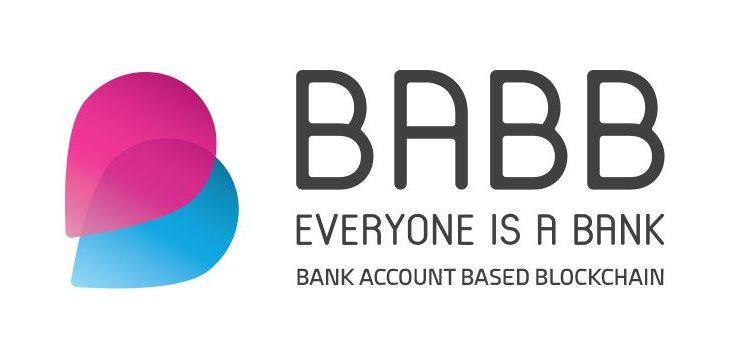Tableau has become a leader in data visualization and analytics, offering solutions that transform raw data into actionable insights. Two of its popular platforms, Tableau Desktop and Tableau Online, cater to different user needs and scenarios. While both enable users to analyze and visualize data, they differ in terms of deployment, accessibility, collaboration, and cost. Choosing the right platform can makes a significant impact on data management and sharing within an organization. This blog explores the features, advantages, and limitations of Tableau Desktop and Tableau Online to help you determines which solution best suits your needs. To learn more about Tableau, join Tableau Training in Chennai at FITA Academy and build a robust skill set working with the most powerful tools and technologies to boost your skills.
1. Deployment: Where Are the Platforms Hosted?
One of the primary differences between Tableau Desktop and Tableau Online is deployment. Tableau Desktop is a locally installed application that runs directly on your computer, giving users offline access to data and the flexibility to work without internet connectivity. In contrast, Tableau Online is a cloud-based platform that does not require installation. User can access their data from any internet-enabled devices through a browser, allowing for greater accessibility and mobility.
For those who need consistent offline access or want to store data locally, Tableau Desktop is a suitable option. However, if accessibility from any location and device is a priority, Tableau Online offers the flexibility of the cloud.
2. Collaboration: How Do Users Share and Collaborate?
Collaboration is a crucial factor when comparing Tableau Desktop and Tableau Online. With Tableau Desktop, sharing is limited unless users have access to Tableau Server or Tableau Online. Typically, Desktop users publish their work to Tableau Server or Online for others to view and interact with the dashboards, which may require additional costs.
Tableau Online, on the other hand, is designed for seamless collaboration. Since it’s a cloud-based platform, users can share dashboards and data visualizations with colleagues instantly, facilitating collaboration across teams and locations. This real-time sharing capability makes Tableau Online particularly useful for teams that prioritize collaborative data work.
3. Data Refresh and Connectivity: Real-Time Access vs. Manual Updates
Another key distinction lies in data refresh capabilities. Tableau Desktop relies on manual data refreshes; users need to update data sources individually, especially if they are working offline. However, Tableau Desktop does support connections to live data sources, allowing users to connect directly to databases and access real-time data.
Tableau Online simplifies the refresh process with automatic scheduling options. Users can schedule data updates, ensuring that the most recent data is available without manual intervention. Additionally, Tableau Online supports a wide variety of live connections, making it an ideal choice for organizations that need to keep their data up-to-date without constant oversight.
4. Performance: Which Platform Offers Faster Response Times?
Performance can vary between Tableau Desktop and Tableau Online, largely depending on the type of data used and the internet connection. Tableau Desktop, being a local application, often performs faster as it’s not dependent on network speeds. This can be particularly beneficials when working with large datasets, as local processing reduces the time required for data loading and visualization rendering.
In contrast, Tableau Online relies on cloud resources and network speed. While it benefits from cloud scalability, it may experience lag when handling massive datasets, especially if the internet connection is slow. For users working with large volumes of data, Tableau Desktop may offer a smoother, faster experience. Have you always dreamed of designing and deploying dynamically scalable and reliable applications on Tableau platforms? Learn everything with this Tableau Online Training, and start your career today!
5. Cost: Which Platform is More Budget-Friendly?
Cost is an important consideration. Tableau Desktop operates on a one-time license fee model, though updates may require additional payments. Tableau Online, as a cloud-based solution, operates on a subscription model with ongoing costs. For users who prefers a one-time purchase without monthly expenses, Tableau Desktop can be more economical. However, the flexibility and collaboration features of Tableau Online may justify the subscription for teams needing constant updates and sharing capabilities.
Choosing between Tableau Desktop and Tableau Online ultimately depends on your organization’s specific requirements. Tableau Desktop is a powerful choice for those who prioritize offline access, quick response times, and one-time licensing costs. It’s ideal for users who prefer working locally and don’t require frequent collaboration.
Tableau Online, however, shines in collaborative environments where users need seamless access across multiple devices, automatic data refreshes, and real-time sharing capabilities. It’s well-suited for organizations that prioritize accessibility, remote teamwork, and cloud convenience, even if it comes with an ongoing subscription fee.
In the end, both platforms excel in transforming data into insights, but understanding their distinctions can help you leverage the right tool to meet your data visualization and collaboration needs. Learn about the Tableau architectural principles and services and more with the Tableau Certification in Chennai.





